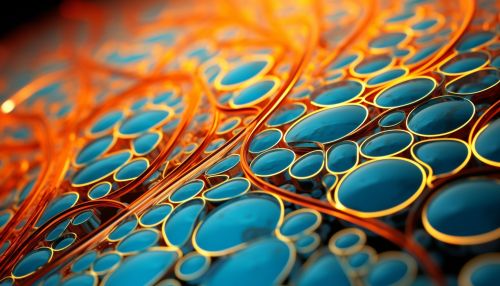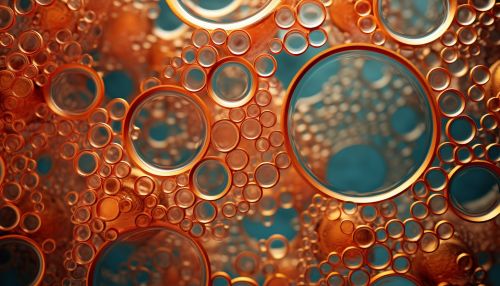The Biological Mechanisms of Cellular Respiration
Introduction
Cellular respiration is a set of metabolic reactions and processes that take place in the cells of organisms to convert biochemical energy from nutrients into adenosine triphosphate (ATP), and then release waste products. The reactions involved in respiration are catabolic reactions, which break down large molecules into smaller ones, releasing energy in the process, as weak so-called "high-energy" bonds are replaced by stronger bonds in the products. Respiration is one of the key ways a cell releases chemical energy to fuel cellular activity. Cellular metabolic reactions depend on the breakdown of complex organic molecules to produce ATP.
Types of Cellular Respiration
Cellular respiration can be classified into two types based on the presence or absence of oxygen: aerobic and anaerobic respiration.
Aerobic Respiration
Aerobic respiration requires oxygen to produce ATP. The process can be conveniently divided into four stages: glycolysis, the link reaction, the Krebs cycle, and the electron transport chain.


Anaerobic Respiration
Anaerobic respiration, on the other hand, does not require oxygen to produce ATP. Instead, it uses a process called fermentation to extract energy from glucose. There are two types of fermentation: lactic acid fermentation and alcoholic fermentation.
Stages of Aerobic Respiration
Aerobic respiration is a multi-step process that involves several enzymes and coenzymes. It can be divided into four stages: glycolysis, the link reaction, the Krebs cycle, and the electron transport chain.


Glycolysis
Glycolysis is the first stage of aerobic respiration. It occurs in the cytoplasm of the cell and does not require oxygen. In this process, one molecule of glucose is broken down into two molecules of pyruvate, yielding a net gain of two ATP molecules and two NADH molecules.
Link Reaction
The link reaction, also known as the transition reaction or decarboxylation, is the second stage of aerobic respiration. It occurs in the mitochondria and is the link between glycolysis and the Krebs cycle. During this stage, each pyruvate molecule is decarboxylated and oxidized to form a molecule of acetyl CoA, releasing one molecule of carbon dioxide and one molecule of NADH in the process.
Krebs Cycle
The Krebs cycle, also known as the citric acid cycle or the tricarboxylic acid cycle, is the third stage of aerobic respiration. It occurs in the mitochondrial matrix. In this cycle, each molecule of acetyl CoA is oxidized to form two molecules of carbon dioxide, while reducing NAD+ to NADH and FAD to FADH2. This process also produces one ATP molecule per cycle.


Electron Transport Chain
The electron transport chain is the final stage of aerobic respiration. It occurs in the inner mitochondrial membrane. In this stage, the NADH and FADH2 produced in the previous stages transfer their electrons to a series of protein complexes, driving the synthesis of ATP through a process known as oxidative phosphorylation.
Stages of Anaerobic Respiration
Anaerobic respiration also begins with glycolysis, but instead of continuing with the aerobic stages, it uses a process called fermentation to extract energy from glucose.


Lactic Acid Fermentation
Lactic acid fermentation is a type of anaerobic respiration that occurs in some bacteria and animal cells. In this process, pyruvate from glycolysis is reduced to form lactic acid, regenerating NAD+ in the process.
Alcoholic Fermentation
Alcoholic fermentation is another type of anaerobic respiration that occurs in yeast and some bacteria. In this process, pyruvate from glycolysis is converted into ethanol and carbon dioxide, regenerating NAD+ in the process.
Conclusion
Cellular respiration is a vital process for all living organisms, providing the energy needed for all cellular activities. Whether it's aerobic or anaerobic, the process involves the breakdown of complex organic molecules to produce ATP, the energy currency of the cell.
